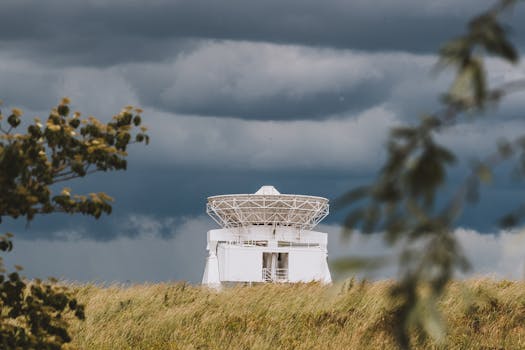GEO Satellites: Unlocking the Power of Geostationary Orbit
GEO satellites, or geostationary satellites, are a type of satellite that orbits the Earth at an altitude of approximately 36,000 kilometers above the equator. At this height, the satellite’s orbital period matches the Earth’s rotational period, allowing it to remain stationary in the sky relative to a fixed point on the Earth’s surface. This unique characteristic makes GEO satellites an essential part of modern satellite communication, providing a wide range of services including television broadcasting, telecommunications, and weather forecasting.
GEO satellites have a long history, dating back to the 1960s when the first geostationary satellite, Syncom 2, was launched by NASA. Since then, numerous GEO satellites have been launched, with each new generation offering improved capabilities and services. Today, there are over 500 GEO satellites in orbit, operated by various countries and organizations around the world.
Applications of GEO Satellites
GEO satellites have a wide range of applications, including television broadcasting, telecommunications, weather forecasting, and navigation. One of the most common uses of GEO satellites is for television broadcasting, where they are used to transmit signals to large areas of the Earth’s surface. This allows for global coverage and has enabled the widespread dissemination of information and entertainment.
In addition to television broadcasting, GEO satellites are also used for telecommunications, providing services such as telephone and internet connectivity to remote and underserved areas. They are also used for weather forecasting, where they provide critical data on atmospheric conditions, ocean currents, and other environmental factors.
How GEO Satellites Work
GEO satellites work by transmitting and receiving signals to and from Earth-based stations. The satellite is equipped with a range of instruments, including transponders, antennas, and solar panels, which enable it to receive and transmit signals. The signals are transmitted to the satellite via a large antenna, which is typically located at a ground station.
Once the signal is received by the satellite, it is amplified and re-transmitted back to Earth, where it is received by a smaller antenna. This process allows for the signal to be transmitted over long distances, enabling global communication and broadcasting.
Future Developments in GEO Satellites
Despite the many advances in GEO satellite technology, there are still several challenges and limitations associated with their use. One of the main challenges is the limited availability of frequencies, which can lead to congestion and interference. Additionally, the high cost of launching and operating GEO satellites can be a significant barrier to entry for many organizations.
However, researchers and engineers are working to address these challenges and develop new technologies that will enable the next generation of GEO satellites. One of the most promising developments is the use of high-throughput satellites, which can provide faster and more reliable communication services. Another area of research is the development of smaller and more efficient satellites, which can be launched at a lower cost and provide more targeted services.
GEO satellites are also being used for a range of new and innovative applications, including the Internet of Things (IoT), where they provide connectivity to remote devices and sensors. They are also being used for Earth observation, where they provide critical data on environmental conditions, climate change, and natural disasters.
In conclusion, GEO satellites are a crucial part of modern satellite communication, providing a wide range of services and applications. From television broadcasting to telecommunications and weather forecasting, GEO satellites have revolutionized the way we communicate and access information. As technology continues to evolve, we can expect to see even more innovative applications of GEO satellites in the future.
Focus Keyword: GEO satellites. GEO satellites are an essential part of modern satellite communication, providing a wide range of services including television broadcasting, telecommunications, and weather forecasting. With their unique ability to remain stationary in the sky, GEO satellites have enabled global coverage and have played a critical role in the development of modern communication systems.
